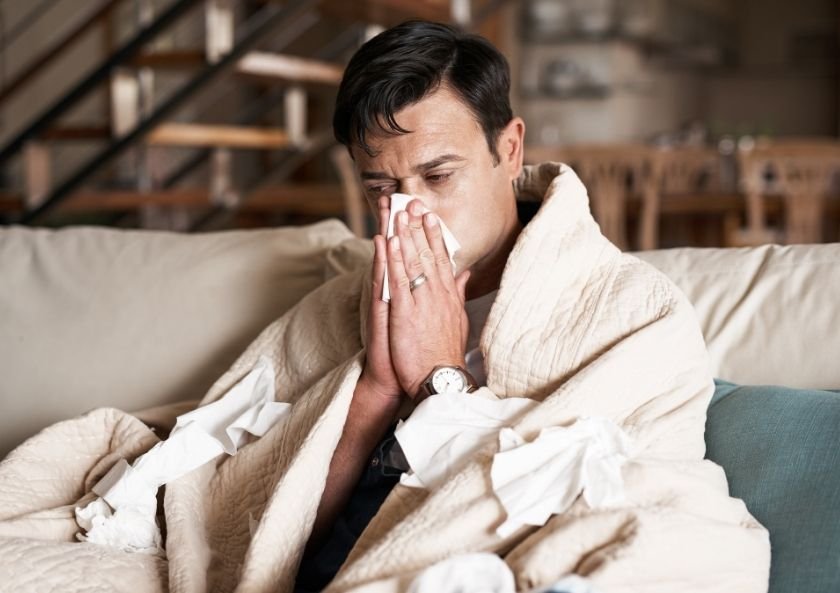Many children around the world suffer from seasonal allergies. This situation is increasing day by day. These seasonal allergies are caused by an overreaction of the immune system to some external factors such as mold and pollen. Although the exact cause of seasonal allergies is not known, our increasingly sterilized environments; She says it lowers children’s immune systems, reducing their daily exposure to microbes. Some scientists think that global warming leads to consistently higher pollen counts. Seasonal allergic rhinitis is also known as hay fever.
What is Seasonal Allergic Rhinitis (Hay Fever)?
Although allergic rhinitis is also known as hay fever, this allergy is not caused by hay.
The main cause of hay fever; pollen from plants, trees, and grasses, as well as molds that thrive in warm, humid, and shady environments. The months when hay fever is most triggered are; spring and autumn months. When pollen grains or mold spores enter the nose, the immune system may perceive these harmless things as a threat. As a defense, cells release chemicals such as histamine. This causes sniffling, sneezing, itching and other common hay fever symptoms. Seasonal hay fever is usually; It develops after several years of exposure to an outdoor allergen, so it is rarely seen in children younger than 2 years old. The typical age for diagnosis is about 4 to 6. Symptoms usually peak in late childhood and puberty and then resolve in adulthood.
What are seasonal allergy symptoms?
It can be difficult to distinguish between the common cold and hay fever. The clue here is usually the duration of the symptoms. Allergies usually last for more than two weeks, while a cold only lasts for a few days. Symptoms of hay fever include; frequent nose scratching, sneezing, runny or stuffy nose, post-nasal cough and itchy throat, puffy, watery, itchy eyes, mouth, or skin.
When Are Seasonal Allergies Most Common in Children?
Allergy season changes depending on specific triggers. Generally, allergic disorders are common in spring and autumn. This is because; It is the pollen and mold fungi spreading from trees and flowers in the spring, and the dispersal of these pollen and molds to larger areas by the wind in the autumn. The cold winter weather is a time when people with seasonal allergies and at least until February can relax a bit.
How Is Hay Fever Diagnosed?
If you think your child has hay fever, the first thing you should do is take your child to an allergist. Here, the doctor will examine your child and ask you for a test after listening to the history of the disease and complaints. As a result of the blood or skin (prick) test suggested by the doctor, if your child is allergic, he or she will tell you about the current allergy.
Can Hay Fever Be Prevented? What is the treatment?
Although time flu cannot be prevented directly, your child’s exposure to the trigger can be reduced after determining what he or she is allergic to. The person who will give you the most accurate information about treatment options is your allergist. After the treatment, there will be a serious decrease in your child’s complaints. Various drugs can be used in the treatment. If your child has a severe seasonal allergy, your doctor may decide on allergy shots or immunotherapy.



